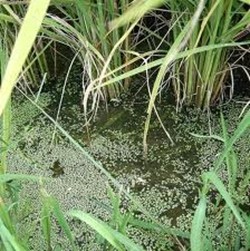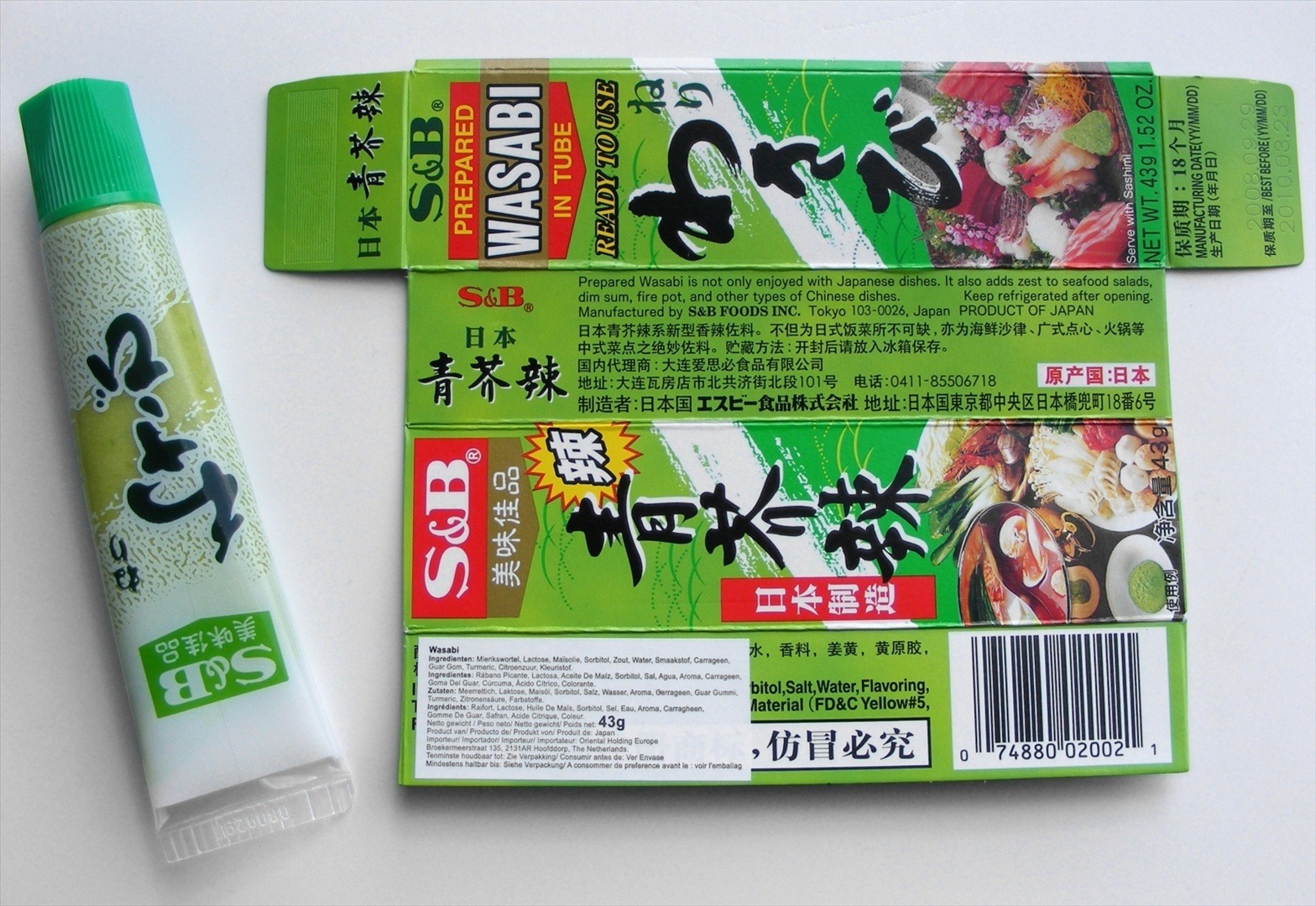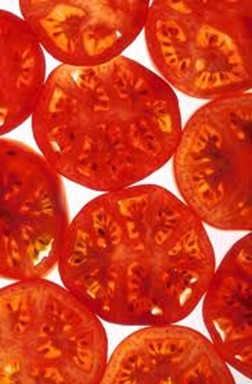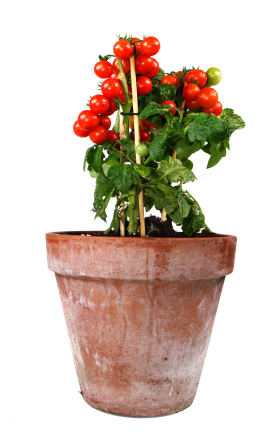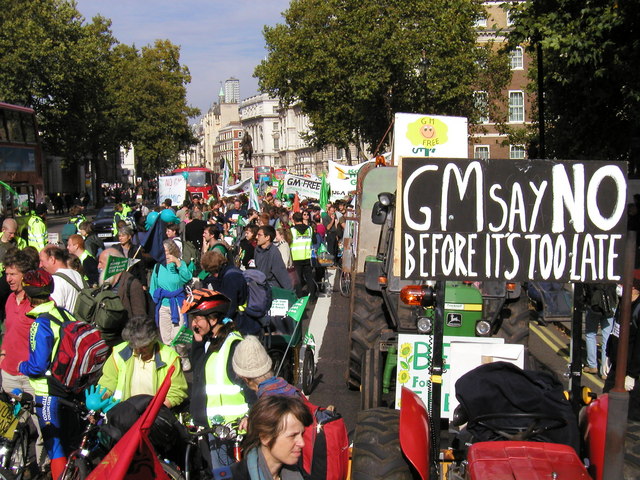A few weeks ago, Audubon California conservation biologist Monica Iglecia got her 15 minutes of fame – she was written up in two news stories that were highlighted in the week’s Bureau of Land Management newsletter. The first appeared in the AppealDemocrat, the local newspaper of Sutter and Yuba counties, and described her visit to a California rice farm. If you have images of rice paddies covered by inches of water, you’re on the right track. Rice does require a lot of water to grow, and California has half a million acres devoted to growing rice.
Where do birds come in to this picture? So many acres of wetlands have been filled in and converted to human use that migratory birds can have a tough time finding places to stay over during their migrations. Solution: get rice farmers to make their fields more hospitable to our flying friends. Turns out this is eminently doable, and the Migratory Bird Conservation Partnership is making it happen. Said Ms. Iglecia, “That’s exciting when you see chicks because you know the nesting efforts are working.”
One thing rice farmers can do is flatten the tops of their water-retaining levees, so birds can find a place to build nests. Another is to leave grass and weeds at the fields’ borders, instead of pulling them out, thus providing bird habitat. For a great photo, go here.
Ms. Iglecia was also interviewed by an AP reporter and the two saw an avocet nest on top of such a levee. “It’s a full clutch of four eggs,” said Monica Iglecia, a shorebird biologist with Audubon California, looking through binoculars. “This is why we do this work. It’s exciting to see.”
Let’s hope that soon all these wonderful partners will create a “bird-friendly” label for rice packages, so we can seek out rice from growers that are hospitable to the birds that pass through our state.
